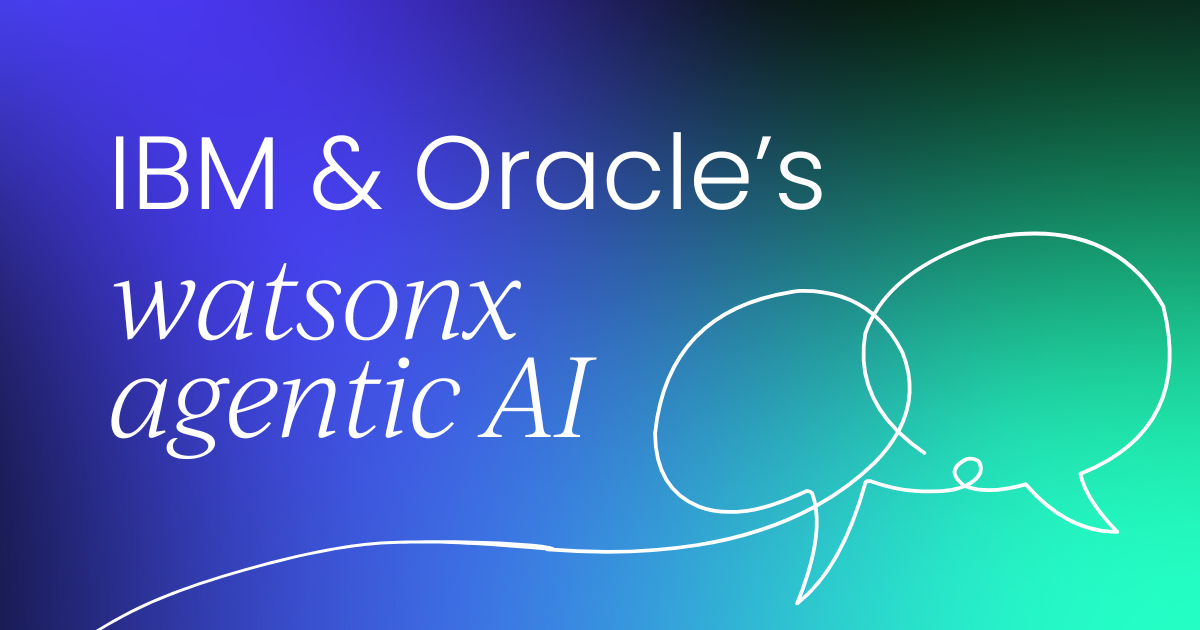A few weeks ago, I saw a post on Instagram that made me laugh; it was about someone’s grandmother asking if she should invest in AI. That really struck a chord. Right now, AI is everywhere. It’s overhyped, misunderstood, and somehow both intimidating and irresistible.
I work with executives, product managers, and board members every day who are all asking the same questions: When should we invest in AI? How do we know if it’ll be worth it? And once we do decide to invest, how do we make sure we actually get a return on that investment?
After more than a decade building AI products – from chatbots at Wayfair to playlist personalization at Spotify to Reels recommendations at Instagram, and leading the AI org at SiriusXM – I’ve seen the difference between AI that delivers and AI that drains.
This article is my attempt to help you avoid the latter, because here’s the thing: AI is powerful, but it’s also expensive. You have to know when it makes sense to build, and how to build smart.
So, let’s get started.
Define the problem first – AI is not the goal
Let me be blunt: if you can’t clearly articulate the business problem you’re trying to solve, AI is probably not the answer. AI is not a goal. It’s a tool. A very expensive one.
I always come back to something Marty Cagan said about product management:
“Your job is to define what is valuable, what is viable, and what is feasible.”
That same principle applies to AI investment. You need:
- A clear business objective
- A way to quantify the value (revenue, cost reduction, efficiency, customer satisfaction, etc.)
- A realistic budget based on your unique context
If you're a nonprofit, you might ask how many people you're serving and what it costs. If you're a startup, it's how many paid users you expect to gain and your acquisition cost. For a teacher, it's student outcomes per dollar spent. The same logic applies to AI.

Quantifying the value of AI
Let’s say you do have a clear problem. Great. Now the question becomes: What value will AI actually bring?
Sometimes the ROI is direct and measurable. For example, it could be revenue growth from improved ad targeting or cost savings by identifying high-risk loan applicants more accurately.
Other times, the value is indirect but still impactful, such as:
- Customer experience improvements (higher customer satisfaction scores)
- Operational efficiency (like automating data entry)
- Competitive advantage (being the first to offer a feature)
- Employee productivity (autocomplete in Gmail, ChatGPT-generated product briefs)
Here’s how I recommend approaching it:
- List out your key metrics
- Assign potential impact scores (quantitative or qualitative)
- Use forecasting, heuristics, or pre/post analysis to estimate the lift
For example, back when I was working on Reels recommendations, we modeled how a small bump in conversion rate could translate into tens of millions of dollars in additional revenue. It doesn’t need to be perfect – it just needs to be honest.




 Follow us on LinkedIn
Follow us on LinkedIn




